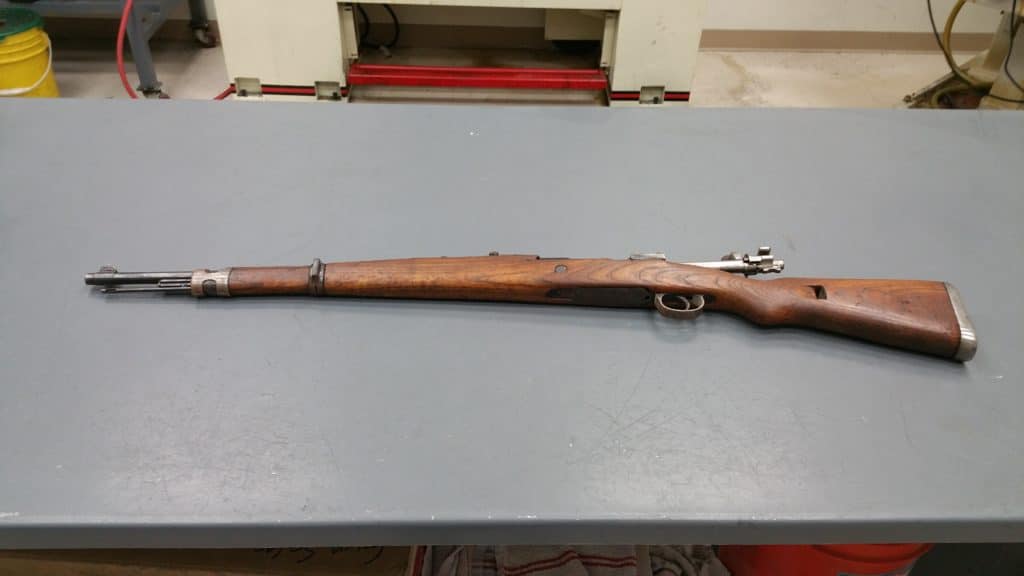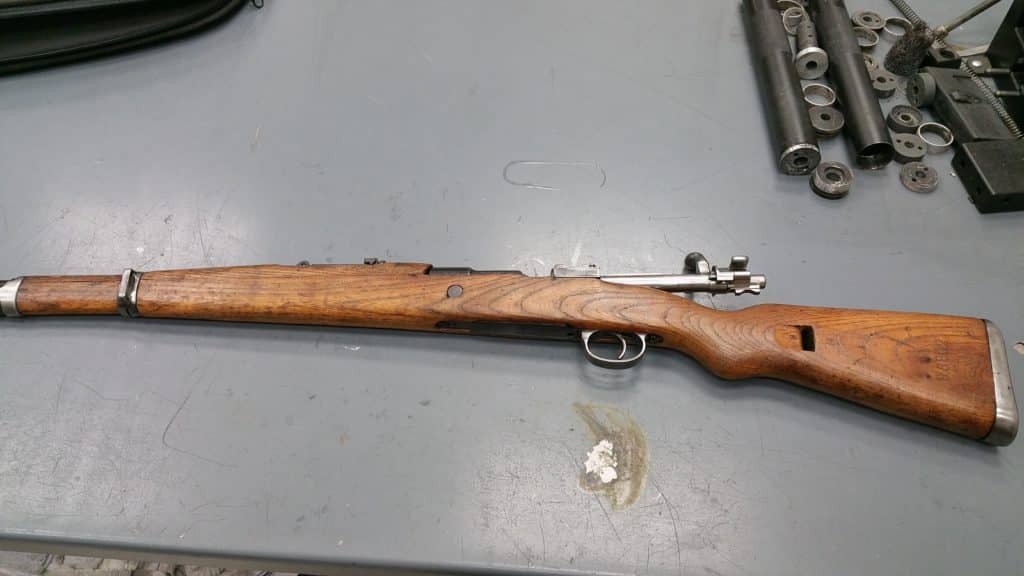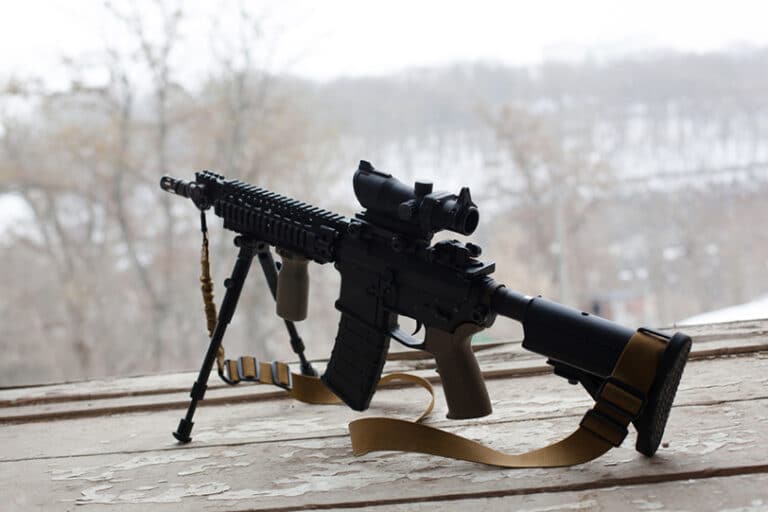Recommissioned Series #1: M48
HISTORY OF THE M48
Following World War II, Yugoslavia and the rest of Eastern Europe prepared itself under the new Communist regime for WWIII. During this time, Yugoslavia didn’t have access to an overflow of cash, so old M24s were refurbished with new barrels and then, stamped with the Yugoslavian crest.
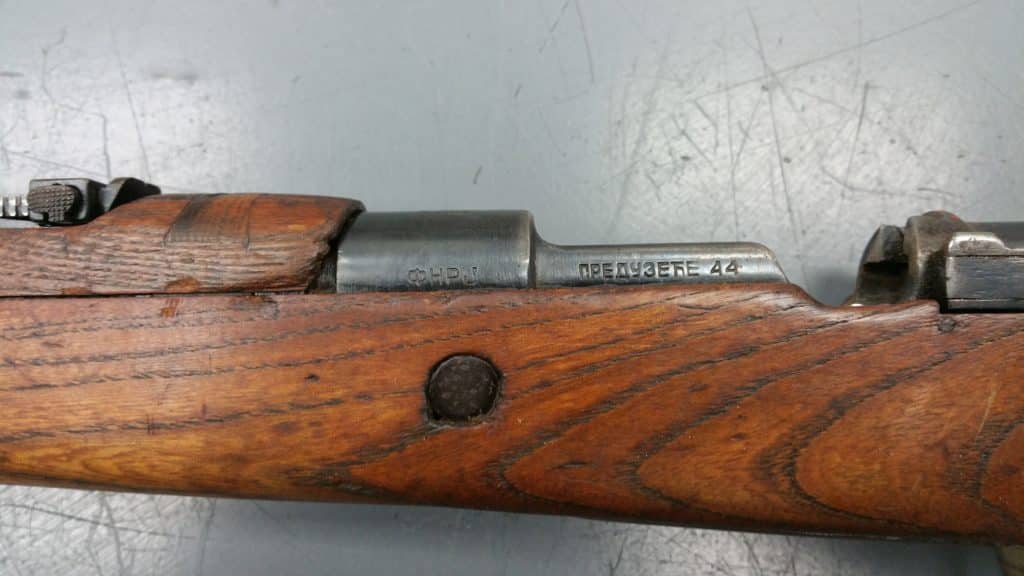
The “new” cost-effective rifles, labeled as M24/47s (with 47 indicating the year of the refurbishment program), were built alongside new bolt action rifles known as the M48. These rifles were made from 1950 into the early 1960s and mechanically speaking, were the same makeup as the M24/47.
The majority of M48s produced during this period were put into storage soon after manufacture. However, a few did see action, which makes them widely sought after by collectors because of their stock carvings. There were at least three variations of the M48, one of which was made without any markings whatsoever. Some speculated these M48BOs were made to give Yugoslavians anonymity.
The M48s sold in the late ‘90s were coated with a layer of preservative grease and accompany parts: slings, and bayonets. Over the years, there has been a steady decline of availability in the U.S. collector’s market, making it a prime addition to any gun collection.
ABOUT THIS GUN
When I received this M48, the gun appeared to have hardly fired, if at all. The entire gun was saturated in cosmoline grease, intended for long-term storage. I “sweated” out the grease from the wood by leaving it out in the Vegas sun. This type of gentle treatment helps preserve the stock and the integrity of the gun. Then, I treated the stock with a hardwood floor conditioner after leeching as much grease from the stock as possible.
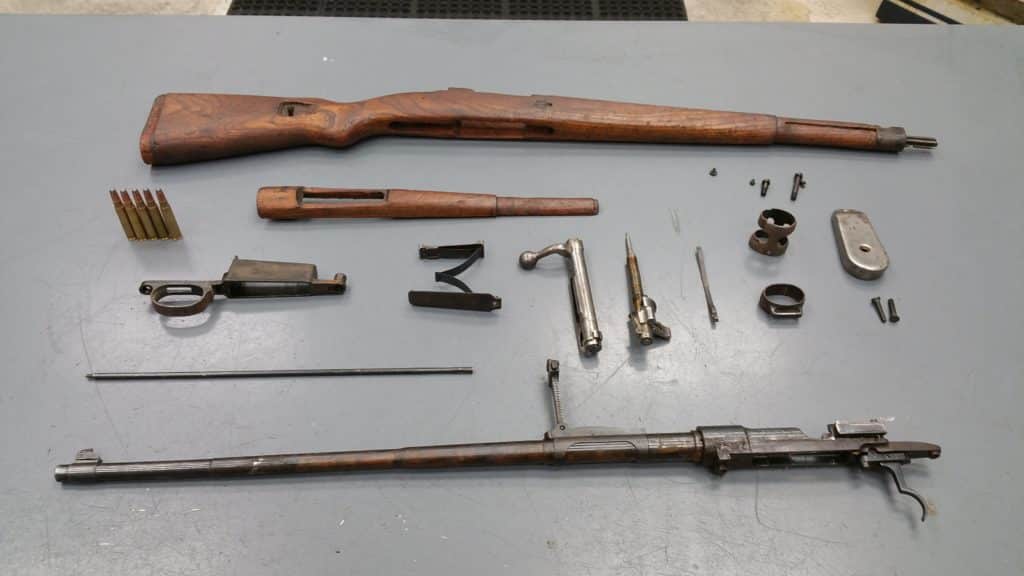
Most people think Russian stocks are made from teak. However, elm wood was cheaper and more plentiful, so it’d be hard to find one in “collector” condition with a teak stock. The discolored or rusted parts were sonic cleaned and then brushed and polished. After the rifle cleanup was complete, I fired three rounds and it operated flawlessly!
A FAVORITE AMONG COLLECTORS
Although the M48 isn’t as refined as some of the pre-war variations, it is still a well-made rifle and fun to shoot. When shooting old rounds, I’d suggest cleaning the rifle immediately to prevent rust, since the rounds are corrosively primed.
Gun pricing for the M48 ranges from $250-$350, and they’re highly sought after by collectors due to its historical past.
THE MAUSER DESIGN
The Mauser design can be tracked back to a long history starting in 1811 when Fredrich I of Wurttemberg opened a royal weapons factory, which would later become known as Mauser. A little over 50 years later, Wilhelm and Paul Mauser developed a rotating bolt system for breechloaders which was simpler and quicker to operate than any of the current systems. The most updated version of this design became the standard for the German infantry rifle.
Over the decades and through various wars, the Mauser design continued to evolve as new innovations were introduced and versions created for military use.
The model for the Yugoslavian M48 was design-based on the German 98k Mauser and the Yugoslavian Model FN 30 and 24 carbines and rifles. The M48 series came in four variations: M48, M48A, M48B, and M48B. Compared to the German 98k, the barrel and length of the M48 is a little shorter. The M48 is the last military issue Mauser pattern rifle made, and a worthy addition to any collection.
